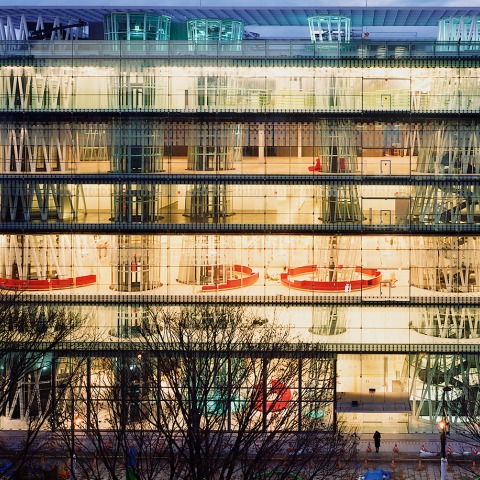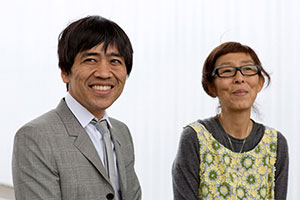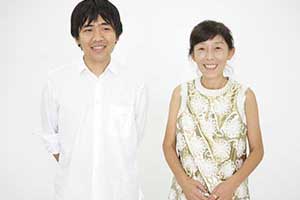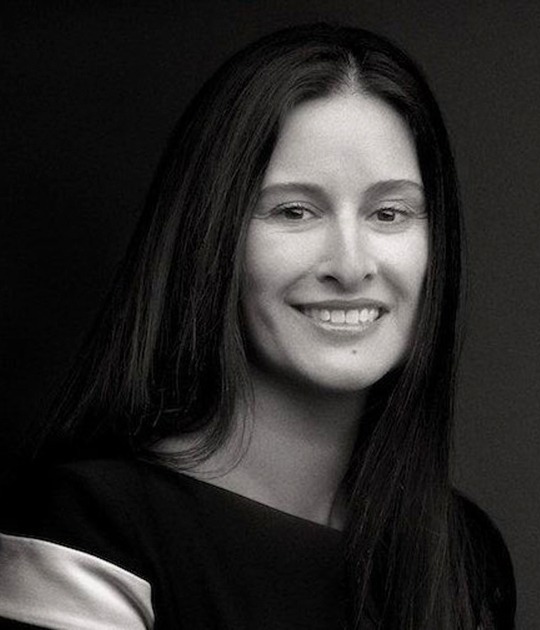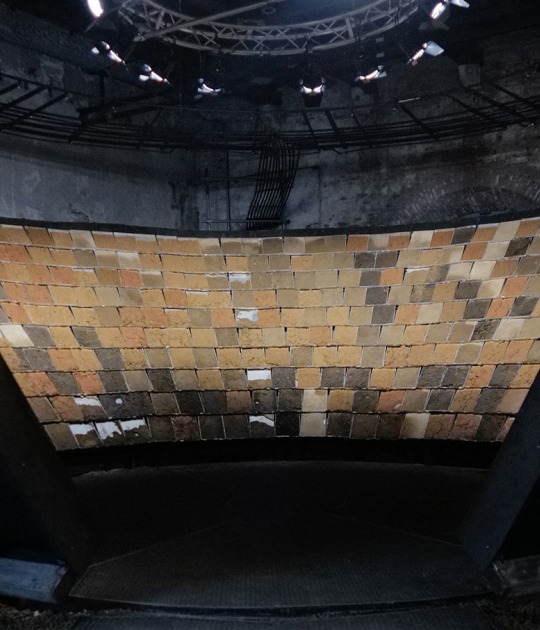Providing an overview of Ito's career and his influence as a mentor to a new generation of Japanese architects, the exhibition offers a retrospective of recent works by three generations of internationally acclaimed designers, including Kazuyo Sejima, Ryue Nishizawa, Sou Fujimoto, Akihisa Hirata, and Junya Ishigami. Displaying models, drawings, and images of more than 40 architectural designs, the exhibition highlights the renewed prominence and innovation of contemporary architecture from Japan since the 1990s.
A Japanese Constellation presents a survey of architectural production since 2000, and reveals a network of influence and cross-pollination that has become particularly relevant at the start of the 21st century. Departing from one of Ito's pivotal works, the Sendai Mediatheque, completed in 2001 (and part of MoMA's collection), as well as SANAA's 21st Century Museum of Contemporary Art, the exhibition is organized through intersecting spaces separated by translucent curtains on which multimedia presentations are projected. This layout echoes the different connections and levels of influence among the selected architects.
With its idea of a network of luminaries at work, A Japanese Constellation is intended as a reflection on the transmission of an architectural sensibility, and suggests an alternative model to what has been commonly described as an individuality-based "star-system" in contemporary architecture. Offering a panorama of established and up-and-coming architects, the exhibition reveals how shared architectural themes travel across generations of architects, creating a strong identity for a regional practice with global impact.
As many of the featured architects have been involved in the reconstruction of Japan after the 2011 Great East Japan Earthquake, the exhibition will also reflect how the architecture field is responding to current societal change with a combination of strong aesthetic positions and a commitment to users’ emotional needs. Given the experimental and avant-garde character of these architects’ work, the exhibition will confront the current role of architecture in a context in which mainstream practices are increasingly constrained by economic, legal, and functional considerations.
A Japanese Constellation is accompanied by a catalogue , edited by Mr. Gadanho and Phoebe Springstubb , Curatorial Assistant, Department of Architecture and Design, MoMA , with essays by Teru nobu Fujimori, Taro Igarashi, and Julian Worrall . Beginning with an overview of Ito’s career and his influence as a mentor to a new generation of Japanese architects, the catalogue presents a richly illustrated portfolio of works produced after the year 2000 by the three generations of internationally acclaimed designers represented in the exhibition .
The exhibition is organized by Pedro Gadanho, former Curator of Contemporary Architecture at MoMA, and current Director of the Museum of Art, Architecture, and Technology (MAAT) in Lisbon, with Phoebe Springstubb, Curatorial Assistant, Department of Architecture and Design, MoMA.
A Japanese Constellation: Toyo Ito, SANAA, and Beyond
Dates.- March 13 to July 4, 2016
Venue.- The Museum of Modern Art, 11 West 53 Street, New York, NY, USA.
Major support for the exhibition is provided by the E. Rhodes and Leona B. Carpenter Foundation, The Japan Foundation, and Chris A. Wachenheim.
Generous funding is provided by Obayashi Corporation, Kajima Corporation, Shimizu Corporation, Takenaka Corporation, the Graham Foundation for Advanced Studies in the Fine Arts, Kumagai Gumi, The Obayashi Foundation, and Toda Corporation.
